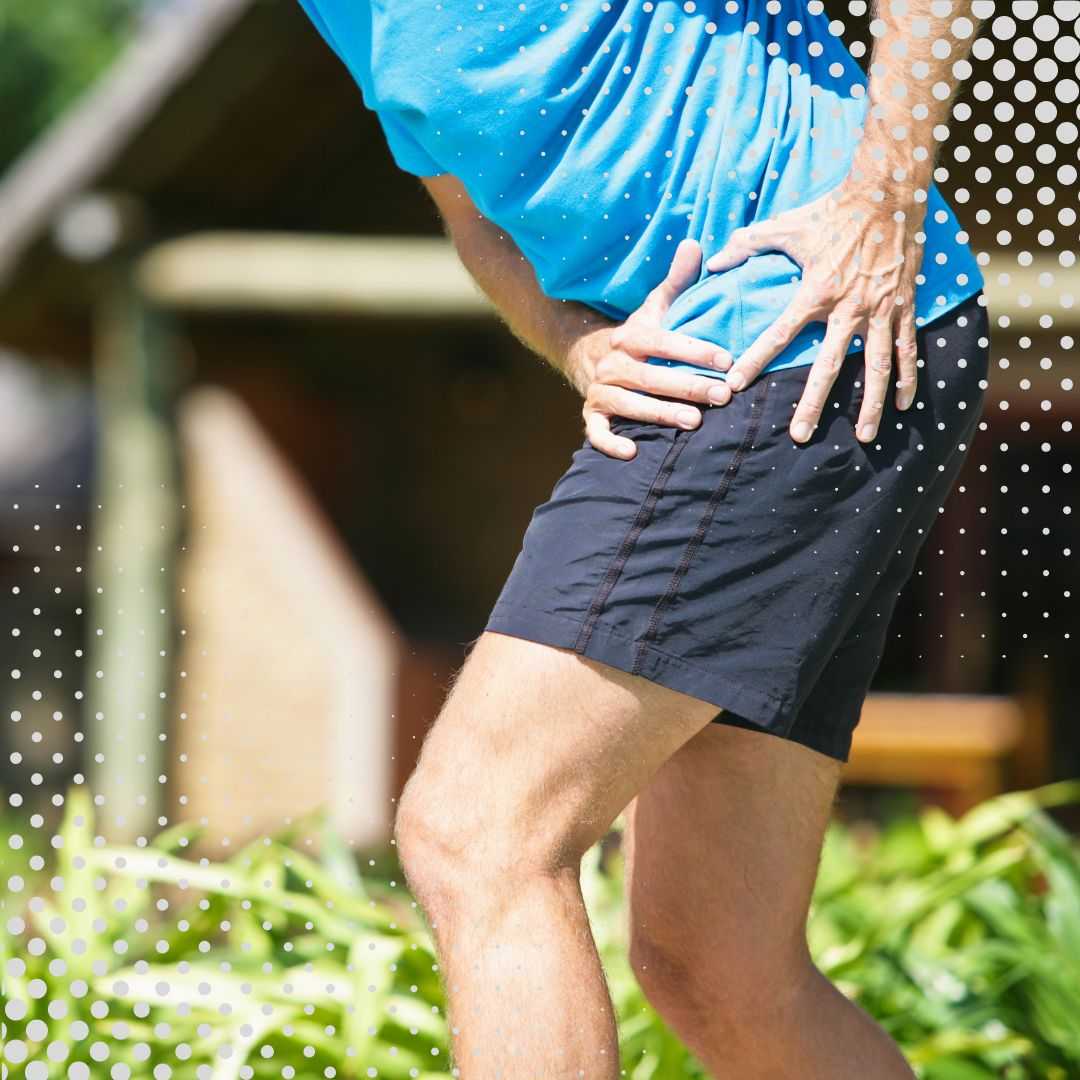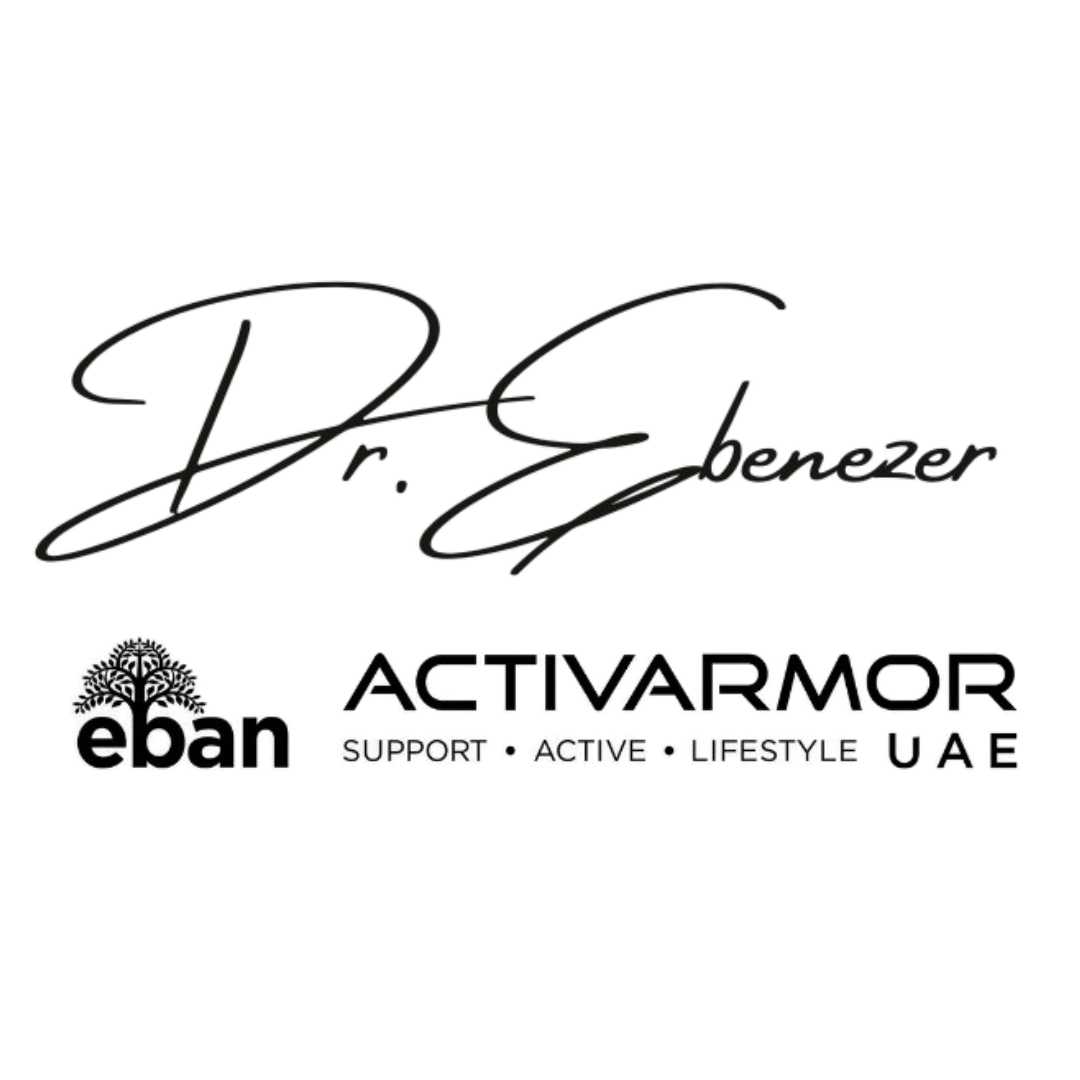Stem Cells for Orthopedic Recovery in the UAE
If you are dealing with chronic knee pain, a bad hip, or a nagging sports injury that just won't heal, you have probably heard about the buzz surrounding regenerative medicine. The idea of using your body's own cells to repair damage sounds like science fiction, but in the United Arab Emirates (UAE), it is very much a reality. We are seeing a massive shift where patients are looking for alternatives to going under the knife, and the UAE has positioned itself as a global leader in this space.
So, to answer your main question right off the bat: Yes, stem cell therapy is proving to be quite effective for orthopedic issues in the UAE. Patients traveling to Dubai or Abu Dhabi are finding significant relief from osteoarthritis and ligament injuries, often returning to their normal lives much faster than they would with traditional surgery.
In this guide, we are going to walk through everything you need to know. We aren't just talking about the glossy brochure promises; we are going to look at the real success rates, the actual costs involved, and the strict regulations that make the UAE a safe place for these procedures. Whether you are a local resident or considering flying in for medical tourism, understanding the nuts and bolts of stem cell therapy in the UAE is the first step toward getting back on your feet.
What is the success rate of stem cell therapy for joints in the UAE?
When we talk about success rates, we are looking at patient satisfaction and functional improvement. In the UAE, top clinics tracking their outcomes report that roughly 8 out of 10 patients see a measurable improvement in their condition. This doesn't always mean a "miracle cure" where the joint becomes brand new, but it often means a drastic reduction in pain and the ability to delay or completely avoid joint replacement surgery.
The effectiveness usually depends on the severity of the condition. For example:
- Mild to Moderate Osteoarthritis: High success rate (80%+).
- Severe Bone-on-Bone Arthritis: Moderate success rate; mainly helps with pain management rather than full regeneration.
- Sports Injuries (Tendons/Ligaments): Very high success rate due to the active nature of the cells in healing soft tissue.
Which orthopedic conditions can be treated with stem cells in Dubai?
The versatility of orthopedic stem cell therapy is one of its biggest selling points. Doctors in Dubai are using these protocols to address wear-and-tear issues that come with age, as well as acute injuries from sports. The most common application is for knees, as they bear the most weight and are prone to degeneration.
However, the treatment list is extensive:
- Knees: Osteoarthritis, meniscus tears, ACL injuries.
- Shoulders: Rotator cuff tears, labral tears, frozen shoulder.
- Hips: Hip bursitis, early-stage arthritis, labral tears.
- Spine: Degenerative disc disease (non-surgical back pain).
- Feet & Ankles: Plantar fasciitis and Achilles tendon injuries.
Is stem cell therapy legal and regulated in the UAE?
This is a crucial question because regulations vary wildly across the globe. The UAE has taken a very structured approach. Unlike some countries where "anything goes," the Dubai Health Authority (DHA) and the Ministry of Health and Prevention (MoHAP) have set strict guidelines. They differentiate between standard approved therapies and those that are part of clinical trials.
In Abu Dhabi, the Abu Dhabi Stem Cells Center (ADSCC) is a prime example of a government-backed entity pushing the boundaries of research while adhering to safety protocols. This regulatory framework provides a layer of safety for patients that you might not find in unregulated medical tourism destinations. You can rest assured that if a clinic is offering this service openly in a major hospital, it has jumped through significant regulatory hoops.
How does the stem cell procedure actually work?
The process is surprisingly straightforward and is almost always done on an outpatient basis. It generally involves three main steps, all completed within a few hours:
- Harvesting: The doctor extracts the regenerative cells. This is usually done by taking a small amount of bone marrow from the hip (Bone Marrow Aspirate Concentrate - BMAC) or a mini-liposuction to get cells from fat tissue (Adipose-derived).
- Processing: The sample is spun in a centrifuge to separate the potent stem cells and growth factors from the rest of the blood or oil.
- Injection: The concentrated solution is injected directly into the damaged area. Crucially, top doctors in the UAE use image guidance (like fluoroscopy or ultrasound) to make sure the cells land exactly where the tear or cartilage damage is.
What is the cost of stem cell therapy in the UAE?
Cost is a major factor for anyone considering this treatment. The UAE is a premium medical destination, so while it isn't the cheapest option globally, it offers a balance of high luxury, safety, and advanced technology. The price varies based on whether you need one joint treated or multiple, and whether the clinic uses bone marrow or adipose cells.
Here is a comparative look at the costs:
| Country | Estimated Cost (USD) | Notes on Quality/Standards |
|---|---|---|
| UAE (Dubai/Abu Dhabi) | $6,800 - $25,000 | Highly regulated, luxury facilities, rigorous safety. |
| United States | $5,000 - $50,000 | Variable regulation, high cost for advanced protocols. |
| United Kingdom | $7,000 - $15,000 | Strictly regulated, limited availability. |
| Turkey/India | $3,000 - $8,000 | Lower cost, but quality and regulation vary significantly. |
How does stem cell therapy compare to knee replacement surgery?
This is the most common dilemma patients face. Knee replacement is a major mechanical solution—doctors cut out the damaged bone and put in metal and plastic. It has a long recovery, requires extensive rehab, and carries surgical risks like infection or clots.
Stem cell therapy, on the other hand, attempts to heal the natural environment of the knee. There are no incisions, no metal implants, and you walk out of the clinic the same day. However, if your knee is completely "bone-on-bone" with severe deformity, stem cells might not be enough to rebuild the joint structure, although they can still significantly reduce pain.
Is the procedure painful?
Fear of pain is natural, but this procedure is generally very well tolerated. The harvesting part sounds scary (especially bone marrow), but with modern numbing techniques, most patients describe it as a feeling of deep pressure rather than sharp pain.
After the procedure, the injection site might feel stiff or full, similar to how a joint feels after a heavy workout. Doctors in UAE clinics will often prescribe mild pain relievers and recommend ice packs for the first 48 hours to manage any localized swelling.
What are the risks or side effects?
Safety is where autologous stem cell therapy (using your own cells) really shines. Because you are not introducing a foreign substance or a donor's cells into your body, your immune system won't attack the treatment.
However, like any medical procedure involving a needle, there are standard risks:
- Infection: Extremely rare in sterile UAE hospital environments.
- Bleeding/Bruising: Common at the liposuction or bone marrow site, usually heals in a week.
- Nerve irritation: Rare, but possible if the needle touches a nerve (minimized by using ultrasound guidance).
How long is the recovery time?
One of the biggest reasons people choose this over surgery is the downtime—or lack thereof. You don't need months of bed rest. In fact, doctors usually encourage you to move the joint gently right away to stimulate blood flow.
A typical timeline looks like this:
- Day 1-3: Rest, ice, and limited walking.
- Week 2-4: Physical therapy begins; everyday activities are comfortable.
- Month 3: New tissue begins to mature; significant pain reduction is usually felt here.
- Month 6: Peak results are often observed around this time.
Are the results permanent?
Think of stem cell therapy as turning back the clock rather than stopping time. If you have successfully repaired a torn tendon or improved cartilage health, that repair is real. However, if you continue to run marathons on a bad knee or have genetic arthritis, the wear and tear will eventually continue.
Many patients in the UAE opt for maintenance treatments, such as Platelet Rich Plasma (PRP) injections, every year or two to keep the joint healthy and prolong the benefits of the initial stem cell procedure.
Can stem cells treat sports injuries in athletes?
The UAE hosts many high-profile sporting events and athletes, driving the demand for top-tier sports medicine. Stem cells are fantastic for athletes because they do more than just mask pain; they actively regenerate the structural integrity of the tissue.
For an athlete, surgery often means the end of a season or a permanent loss of flexibility. Regenerative therapy heals the tissue in a more natural formation, reducing the buildup of scar tissue that can limit range of motion later in a career.
Is stem cell therapy covered by health insurance in the UAE?
This is the main hurdle for many local residents. Despite its effectiveness, insurance companies are slow to adopt regenerative medicine into their standard tables of benefits. You should expect to pay for the procedure yourself.
However, it is always worth checking with your provider. Some high-end insurance tiers or specific corporate plans may cover the consultation, diagnostics (MRI/X-rays), and physical therapy associated with the treatment, leaving you to pay only for the biologics part of the procedure.
How do I choose the right stem cell clinic in Dubai or Abu Dhabi?
Not all clinics are created equal. Since this is a high-value service, some aesthetic or wellness clinics might try to offer "stem cell facials" or joint injections without the proper orthopedic expertise. You want a bone and joint specialist.
Checklist for choosing a clinic:
- Doctor's Credentials: Are they an Orthopedic Surgeon or a Sports Medicine specialist?
- Equipment: Do they use image guidance for injections? (Blind injections are far less effective).
- Transparency: Will they tell you exactly how many cells they aim to harvest and their viability rates?
- Reviews: Look for patient testimonials specifically for orthopedic results, not just general wellness.
What makes UAE a better destination than Turkey or India for this?
Price is often the main reason people look to Turkey or India, but with biological treatments, quality is everything. If the cells are handled improperly, they die, and you are paying for dead cells that won't heal you. The UAE's strict healthcare standards ensure that labs are state-of-the-art.
Furthermore, the UAE is an English-speaking hub with world-class hospitality. For an international patient, the ease of communication, luxury recovery infrastructure, and the confidence that the government is watching the clinics closely provides immense peace of mind.
Who is NOT a good candidate for this therapy?
Honesty is key here. A good doctor will tell you if you aren't a fit. If a joint is completely destroyed—meaning there is no cartilage left and the bone structure is deformed—stem cells can't magically regrow a new architectural structure. In those cases, surgery is usually the better path.
Lifestyle factors matter too. Nicotine constricts blood vessels and kills cells, so heavy smokers are often advised to quit before the procedure to ensure the stem cells have a fighting chance to work.
How many sessions will I need?
Unlike physical therapy where you go every week, stem cell therapy is usually a "one and done" event for the main treatment. The harvested cells are potent enough that a single concentrated injection is sufficient to kickstart the healing cascade.
Some clinics may bundle the treatment with a series of PRP (Platelet Rich Plasma) injections given a few weeks apart to act as "fertilizer" for the stem cells, helping them activate and grow faster.
Ready to explore your options for Stem Cell Therapy in the UAE?
Finding the right clinic and understanding the costs can be overwhelming. If you want to connect with certified, top-rated medical facilities in Dubai or Abu Dhabi for orthopedic care, PlacidWay Medical Tourism can help you compare options and get free quotes today.



.png)











Share this listing